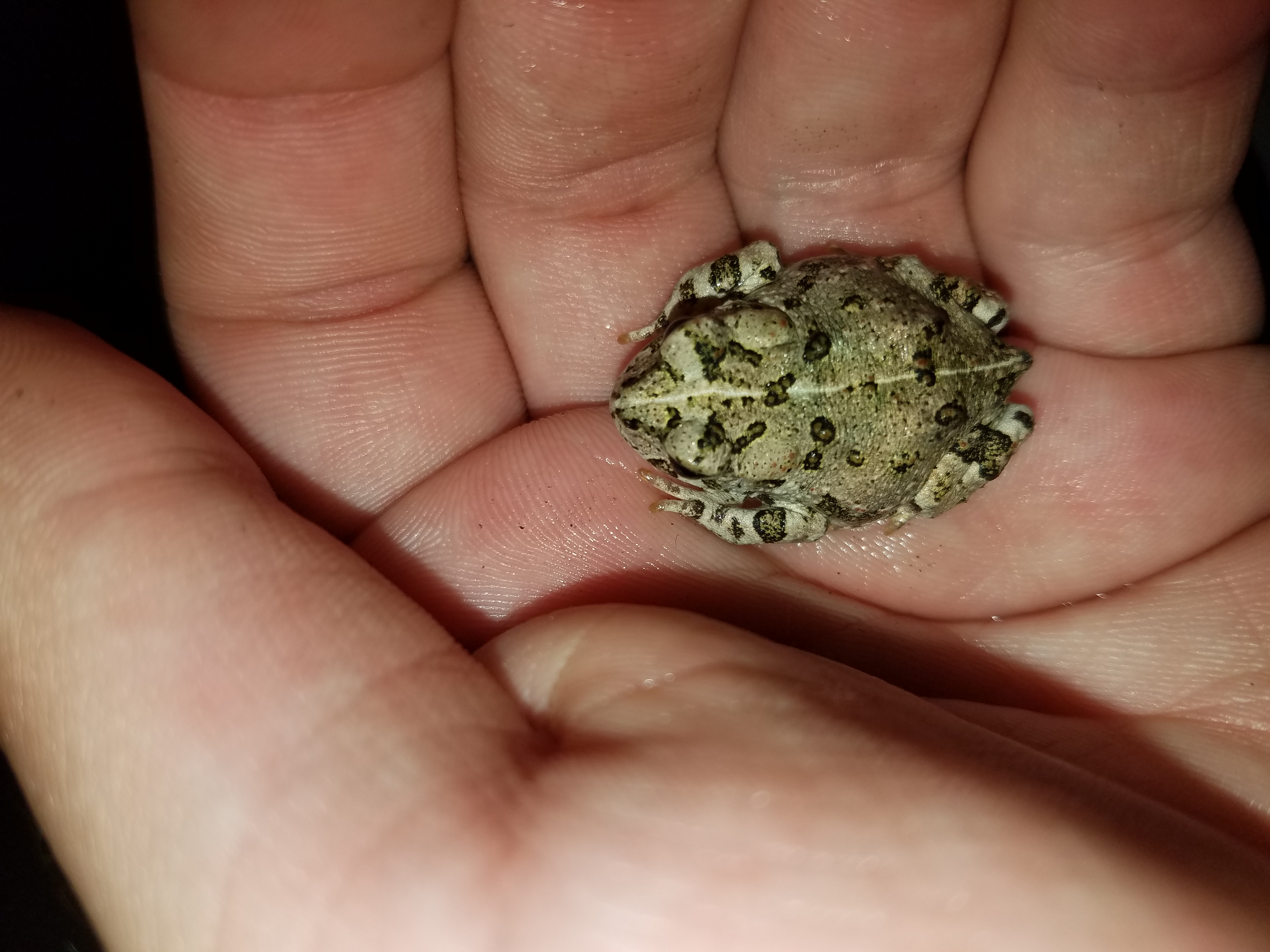California toad on:
[Wikipedia]
[Google]
[Amazon]
The California toad (''Anaxyrus boreas halophilus'') is a subspecies of the
 The California toad occurs from all of Northern California and down south into
The California toad occurs from all of Northern California and down south into
western toad
The western toad (''Anaxyrus boreas'') is a large toad species, between long, native to western North America. ''A. boreas'' is frequently encountered during the wet season on roads, or near water at other times. It can jump a considerable distan ...
, along with the boreal toad
The boreal toad (''Anaxyrus boreas boreas'') is the nominate subspecies of the western toad (''Anaxyrus boreas''). They are commonly found in the Southern Rocky Mountains, and their population has recently been on the decline due to an emerging a ...
. The California toad lives throughout the state of California
California is a state in the Western United States, located along the Pacific Coast. With nearly 39.2million residents across a total area of approximately , it is the most populous U.S. state and the 3rd largest by area. It is also the m ...
, with the exception of south-eastern desert regions. Like the boreal toad, it feeds on a wide variety of insects and invertebrates. Its diet includes grasshoppers, beetles, flies, and mosquitos.
Etymology
The scientific name is ''Anaxyrus boreas halophilus''. Boreas is from theGreek
Greek may refer to:
Greece
Anything of, from, or related to Greece, a country in Southern Europe:
*Greeks, an ethnic group.
*Greek language, a branch of the Indo-European language family.
**Proto-Greek language, the assumed last common ancestor ...
word ''boreas'' which means “north wind” or “northern”, ''halophilus'' from the Greek ''halos'' meaning “sea” or “salt”, and ''philos'' meaning “having affinity for”.
Identification
The California toad is less blotched (reduced dorsal melanin) than theboreal toad
The boreal toad (''Anaxyrus boreas boreas'') is the nominate subspecies of the western toad (''Anaxyrus boreas''). They are commonly found in the Southern Rocky Mountains, and their population has recently been on the decline due to an emerging a ...
. It has a wider head, larger eyes, smaller feet, and a weaker development of the margins along the dorsal stripe. The largest western toad
The western toad (''Anaxyrus boreas'') is a large toad species, between long, native to western North America. ''A. boreas'' is frequently encountered during the wet season on roads, or near water at other times. It can jump a considerable distan ...
larvae at 56 mm is also of the California toad. The toad has a wide range of dorsal coloration, from light gray to green to dull black; most however are brownish gray. The California toad, as a western toad, walks rather than hops The adult size range is two to five inches.
Habitat and distribution
 The California toad occurs from all of Northern California and down south into
The California toad occurs from all of Northern California and down south into Baja California
Baja California (; 'Lower California'), officially the Free and Sovereign State of Baja California ( es, Estado Libre y Soberano de Baja California), is a state in Mexico. It is the northernmost and westernmost of the 32 federal entities of Mex ...
. There are scattered populations in isolated desert areas, such as in the Mojave Desert
The Mojave Desert ( ; mov, Hayikwiir Mat'aar; es, Desierto de Mojave) is a desert in the rain shadow of the Sierra Nevada mountains in the Southwestern United States. It is named for the indigenous Mojave people. It is located primarily ...
, but they generally do not occur in the desert areas from Death Valley
Death Valley is a desert valley in Eastern California, in the northern Mojave Desert, bordering the Great Basin Desert. During summer, it is the Highest temperature recorded on Earth, hottest place on Earth.
Death Valley's Badwater Basin is the ...
southward. The habitats for the California toad range from woodland, grassland, and meadows in forest areas to backyards and parks in the suburbs. It breeds in lakes, creeks, ponds, reservoirs, slowly flowing streams, and canals.
Reproduction
The California toad breeds from January to July, with later spawning occurring at higher elevations. Many populations are aggregation breeders that come to suitable marsh or pond spawning sites in large numbers. Here males recognize females through randomamplexus
Amplexus (Latin "embrace") is a type of mating behavior exhibited by some externally fertilizing species (chiefly amphibians and horseshoe crabs) in which a male grasps a female with his front legs as part of the mating process, and at the same ...
. Eggs number over 16,000 per female and are laid in strings in shallow water.Stebbins, Robert C. and Samuel M. McGinnis. 2012. Field Guide to Amphibians and Reptiles of California. Oakland, CA: University of California Press. . Page 172.
References
{{Taxonbar, from=Q18148064 Fauna of California Fauna of the Western United States Anaxyrus